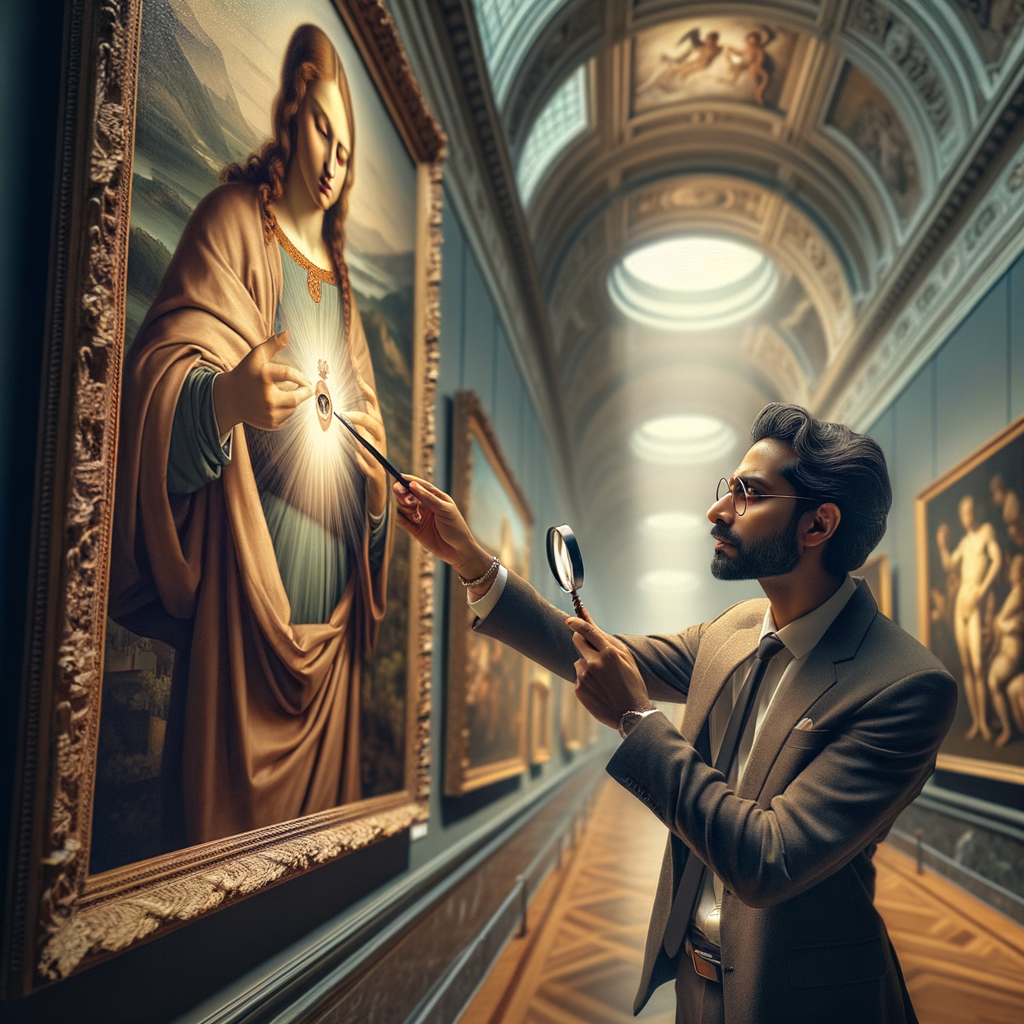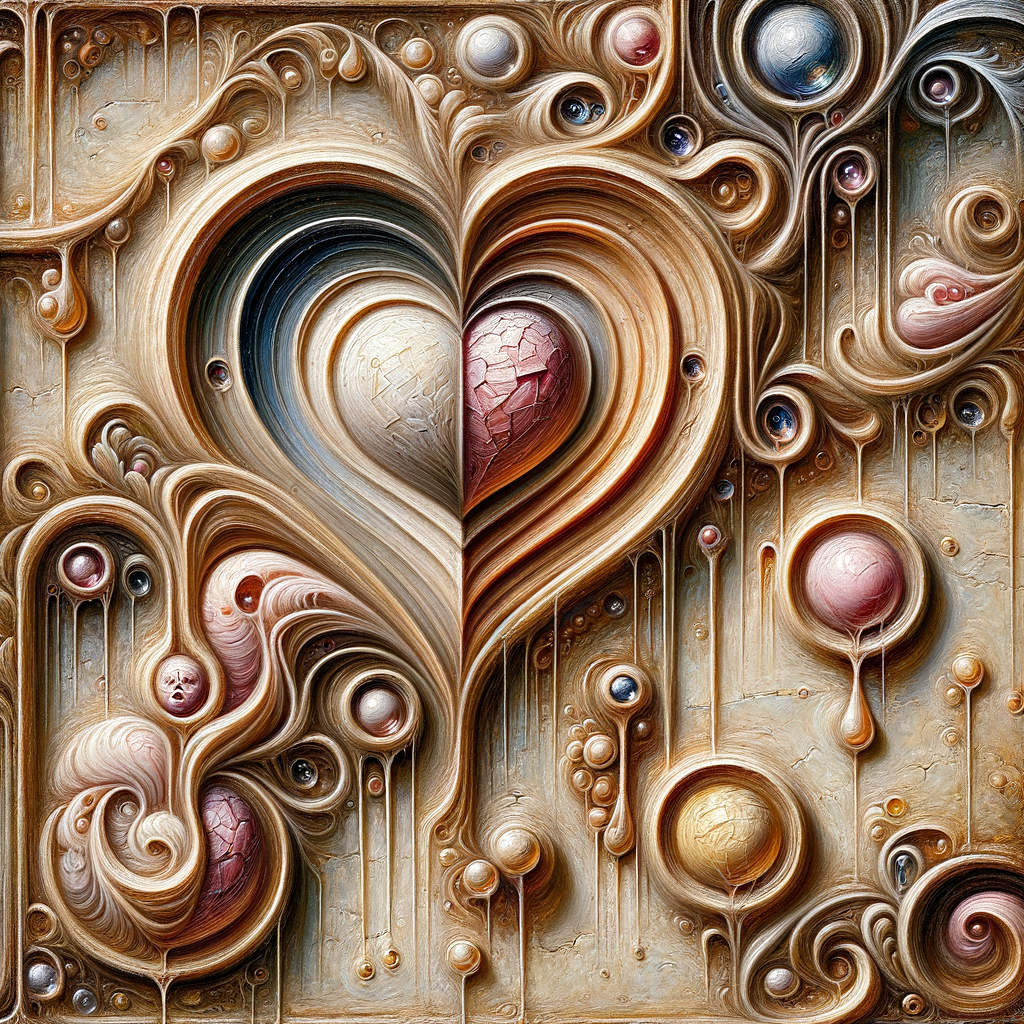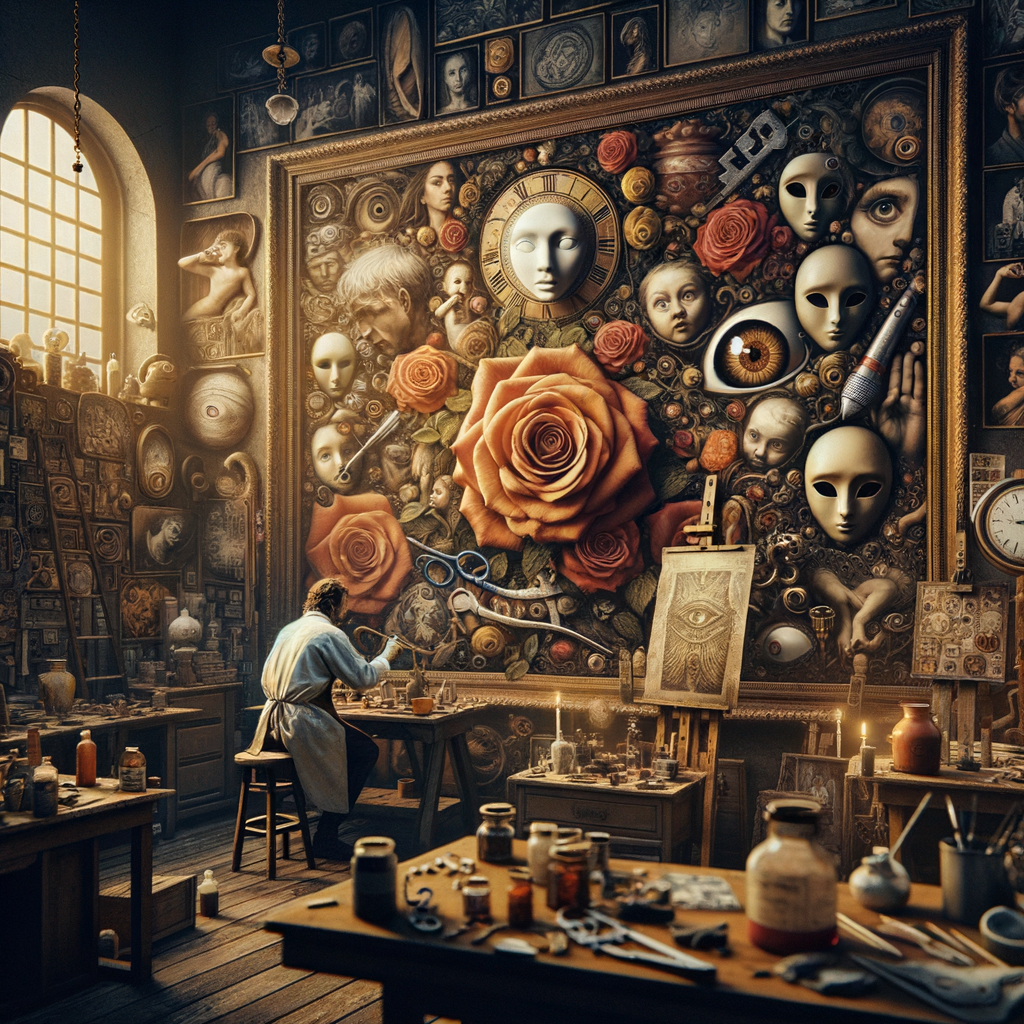The Hidden Language of Artists: Decoding Emotional Symbols in Masterpieces
Discover how artists weave emotional depth into their art through secret symbols and motifs, revealing a rich language within timeless masterpieces.
The Hidden Language of Artists: Decoding Emotional Symbols in Masterpieces
Art is far more than brushstrokes on canvas or the chiseling of marble—it’s an emotional dialogue between artist and audience. For centuries, artists have used a subtle and complex system of symbols and motifs to express their inner worlds, often conveying feelings too deep or taboo for words. Understanding this visual language enhances our appreciation for classic and contemporary works, revealing depths of meaning that escape the casual eye.
When I first encountered Renaissance art in a gallery, I was amazed by the careful placement of objects, colors, and even background figures that told stories about fear, hope, love, and loss. What seemed like decorative choices—such as a wilted flower, a closed window, or a bird in flight—often held emotionally charged meaning. These symbols provided a way for artists to share their perspectives, cope with personal struggles, and subtly challenge societal norms without risking censorship or misunderstanding.
The beauty of this hidden language is that it is both universal and intensely personal. Sunflowers might invoke hope and loyalty in Van Gogh’s work, whereas the same flower could carry religious symbolism or signal unrequited love in another artist’s hands. As I dove deeper into art history, I began to notice recurring motifs—serpents as temptation, water as rebirth, butterflies as transformation—that appeared across cultures and eras, each adapted to reflect the artist’s emotions or intentions. Understanding these symbols can transform how we interpret a painting, opening new layers of connection and empathy with its creator.
Artists also rely on color to speak directly to our emotions. Mysterious shadows and murky greys often set a tone of uncertainty or sorrow, while vibrant reds convey passion and urgency. As artists, we might select our palette consciously or unconsciously, but shades like blue can evoke melancholy or spirituality, while gold hints at divinity or value. By examining color choices within the context of an artist’s life and era, we can decode the emotional subtext behind a piece, even when words are absent.

Subtle symbolism isn't limited to paintings or sculpture—it flourishes in contemporary photography, digital illustration, and even street art. In today’s digital age, artists continue to hide messages in plain sight, from carefully composed Instagram posts to viral illustrations that comment on mental health and identity. These modern symbols—like broken mirrors, empty chairs, or isolated figures amid chaos—carry forward a long tradition of channeling emotion through metaphor. They remind me that regardless of medium or generation, creators reach for visual language when spoken language falls short.

For emerging artists and enthusiasts alike, learning to read this secret language not only enhances our engagement with art but also inspires us to experiment with our own creative symbols. Embracing symbolism in my work has allowed me to process complicated feelings and share stories that are otherwise hard to articulate. As an artist or art lover, noticing a recurring motif or color scheme can serve as a gateway to deeper empathy and understanding.
Conclusion
Art’s emotional symbols offer a bridge between generations, cultures, and personal experiences. By tuning into the motifs and colors that artists use to encode their feelings, we can experience art not just with our eyes but with our hearts—unlocking the hidden language that unites us all.
Blog Article Tags
art emotional expression symbolism artist tips art history masterpieces creativity visual storytelling emotional intelligence interpretationMore Articles
Maximizing Your Reach: Effective Social Media Strategies for Indie Creators - Discover actionable social media strategies for indie creators to engage fans, grow your audience, and increase support across disciplines.
Unconventional Ways to Launch a Small Business Without Traditional Funding - Discover creative ways to start a business using your passion without loans. Explore side hustles, marketplaces, and digital tools that sidestep traditional funding.
Secrets of Vintage Lens Photography & Classic Glass for Modern Creatives - Explore how vintage lenses can transform digital photography, adding unique depth, character, and creative flair to your modern images.
Hidden Histories: Unearthing Forgotten Arts and Crafts from Ancient Civilizations - Discover obscure arts and crafts from ancient civilizations and learn how to revive these lost techniques in your own creative projects for a unique, modern twist.
Transforming Everyday Items into Masterpieces: Creative Upcycling Techniques - Unlock innovative ways to upcycle household items into beautiful art. Explore creative DIY techniques that blend sustainability with artistic flair.


